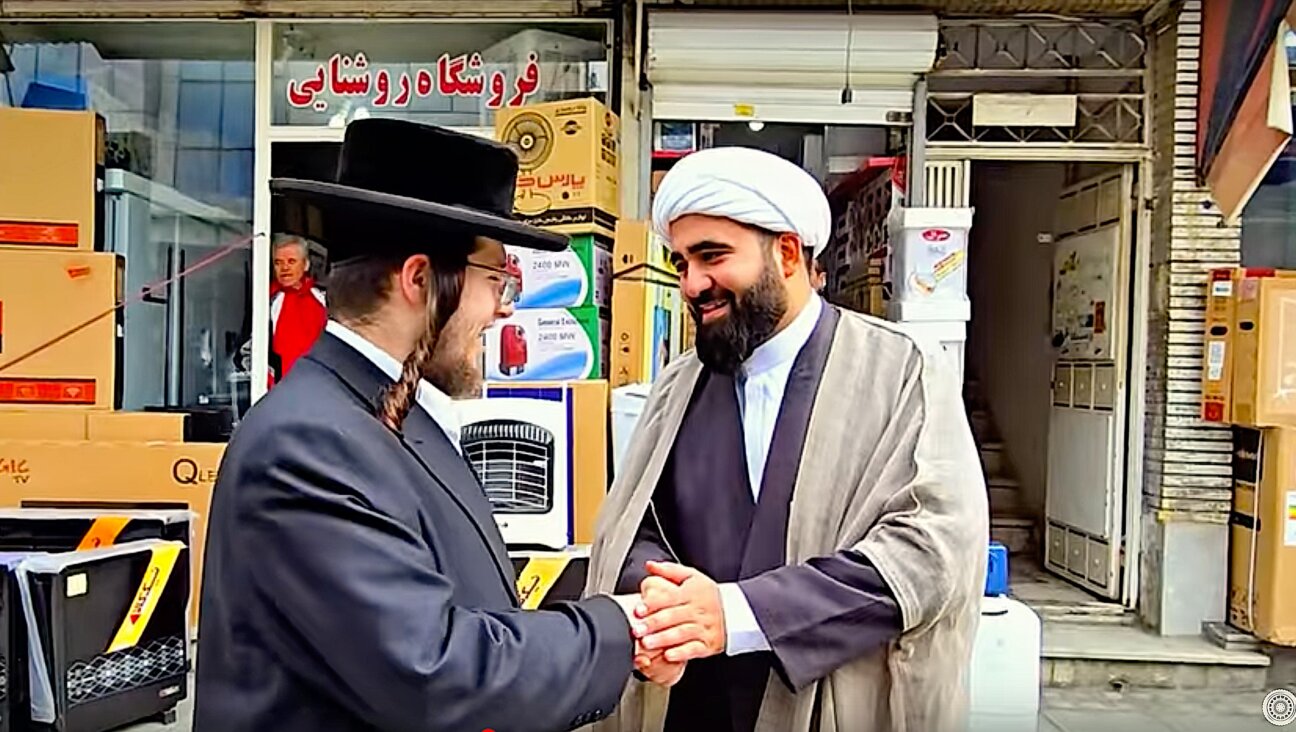How Socialist Zionists tried to fit into the new Soviet system

This article originally appeared in the Yiddish Forverts.
Until recently, scholars considered the history of the Zionist movement in the Soviet Union solely a history of repression. But nearly 2,000 pages of archival documents provide a more multifaceted and even suspenseful picture of relations between Zionist organizations and Soviet authorities during the first decade after the October Revolution of 1917.
Most of the documents were found in Ukrainian archives, which were first opened to researchers in the 1990s. 60% of Soviet Jews lived in Ukraine before the Holocaust and Ukraine was the center of Zionist activity in the USSR.
These documents were included a book, Zionist Parties and Organizations in the USSR in the 1920s, featuring more than 400 documents: political programs and proclamations by Zionist parties and organizations, protocols and resolutions from their conferences and conventions, as well as secret reports about their activities prepared for Soviet intelligence services. These documents allow researchers to examine the Zionist movement in the USSR from two perspectives: both internally and externally, i.e. vis a vis Soviet authorities. The previous generation of historians didn’t have access to Soviet archives and were therefore limited in the historical perspective they could provide.
In her detailed introduction, Ziva Galili of Rutgers University explains the unique nature of the Zionist movement in the USSR in the 1920s. Before the October Revolution, Zionist ideas were popular among various segments of Russian Jewry. The movement had a variety of ideological streams, from the religious “Mizrachi” movement to the left-wing Poale Zion. Most Zionist leaders left the country after the revolution and a new generation of socialist Zionist leaders came to the fore who believed that Zionism could be accommodated to the new Soviet regime. In the 1920s, writes Galili, “the Zionists were willing to accommodate all sorts of ideological influences from Soviet politics.”
The legal and semi-legal Zionist organizations were only active in the USSR until the late 1920s, but during that relatively short time, they created a unique political culture. Despite their general socialist orientation they engaged in fierce ideological debates about their goals and tactics. The largest among them was the Socialist Zionist party Zeire Zion, which held Marxist positions. They believed that the future Jewish state in Israel must be socialist. They supported the Soviet government in principal but were opposed to the dictatorship of the Bolshevik party.
It’s remarkable that the non-Jewish Bolshevik leaders, including even Felix Dzerzhinsky, the head of the Cheka, the Soviet Secret Police, didn’t see the socialist Zionists as a threat to the Soviet regime. The chief opponents of the Zionists were actually members of the Yevsektsiya, or “Jewish section” of the Bolshevik party, with whom they competed for the loyalties of the Jewish masses. In the small Jewish towns of Eastern Europe, the Zionists attracted the youth of the Jewish middle class, i.e. the children of storekeepers, religious instructors, beadles, etc, who couldn’t join communist youth organizations due to their parents’ belonging to the petite bourgeoisie. The Zionists provided these young Jews with a friendly cultural and social environment. They studied Hebrew, Jewish history and political theory in the mold of Ber Borochov, the founder of the Marxist stream of Zionism.
The socialist Zionist federation, Dror, had a very different political approach. They emphasized the freeing of one’s personality through tilling the soil in the land of Israel. Dror did not believe in Marxism or class struggle. They modeled their ideology upon the Russian philosopher Pyotr Lavrovich Lavrov (1823-1900), who also had a profound impact on the thought of the Yiddish writer and ethnographer S. An-Ski.
The third Zionist organization in the USSR was HeHalutz. Its goal was hachshara, training young people to work the land. Until the mid 1920s, HeHalutz ran two agricultural colonies in Crimea. The Soviet regime allowed their activity to continue because of the financial support they received from the American Jewish Joint Agricultural Corporation.
Whether to promote Hebrew or Yiddish was a question of great importance to the Zionists. “The language question is a political question,” read a resolution adopted at Zeire Zion’s fourth convention, which took place in Kharkiv in 1921. The resolution stated that “Hebrew is the only Jewish language which all branches of the Jewish people have in common.” Furthermore, it argued, Jewish multilingualism is a “plague of exile” which can be healed solely through the coming worker’s settlement in the land of Israel. Until then, the movement had permitted and even encouraged Jews to use Yiddish because “rejecting Yiddish means rejecting direct contact with the masses.” A key part of the Zionist program was the struggle to have Yiddish recognized as a fully legitimate language within the USSR.
























